Product
Firmness
Score
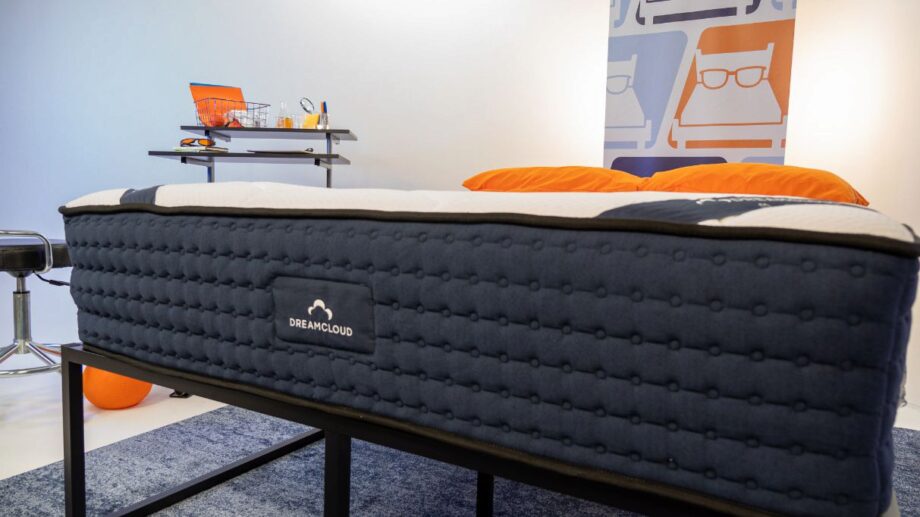
Product
Firmness
Score
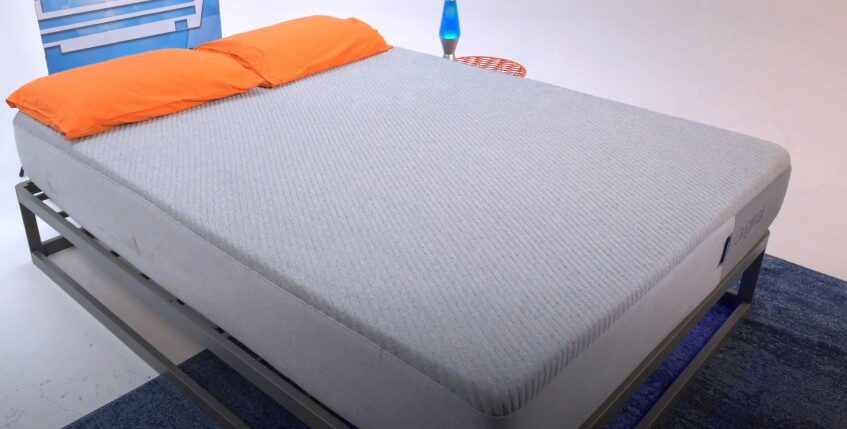
Disclosure: By clicking on the product links in this article, Mattress Nerd may receive a commission fee at no cost to you, the reader. Read full disclosure statement.
In this comparison, we’re taking a look at two of the most popular online mattress brands on the market— DreamCloud and Casper. The DreamCloud is a hybrid luxury bed has a balanced and bouncy hotel mattress feel. The Casper is a budget-friendly all-foam bed that has a plush feel and provides deep pressure relief to sore joints. Keep reading to determine which bed suits your sleeping position and preferences.


The DreamCloud
| DreamCloud is best for… | Casper is best for… |
| Hot sleepers | Memory foam aficionados |
| Luxury shoppers | Budget-conscious shoppers |
| Back sleepers and heavyweight sleepers | Light and average-weight side sleepers |
Although these beds are at about the same medium-firm firmness level, they feel distinctly different as you lay on top of them.
Both the DreamCloud and the Casper mattresses land at about a 6.5 out of 10 on a scale where 1 is the softest option and 10 would be like sleeping on a wooden plank.
Medium-firm mattresses are comfortable for a wide variety of sleepers due to their balance of comfort and support, but this firmness level may feel softer to lightweight sleepers, since they may not sink deeply enough into the bed’s comfort layer to get the pressure relief they need. Likewise, these mattresses may feel on the softer side to those who weigh over 230 lbs.
The DreamCloud mattress has the best features of both a memory foam and an innerspring mattress—you’ll initially feel subtle cushioning and contouring when you first lay down on the mattress, but you’ll also feel pushed up by the bed’s bouncy innerspring coil core.
The Casper mattress has a more traditional memory foam feel—but with added ergonomic support to prevent uncomfortable sinkage. You’ll feel the mattress have more give around. your head and shoulder, while it more firmly supports your hips and midsection to prevent your back from sinking into an unhealthy posture as you sleep. This ergonomic support layer is effective at keeping sleepers that weigh under 230 lbs comfortable, but heavyweight sleepers may experience some sinkage on the Casper’s foam surface.
Both mattresses provide ample pressure relief and support to most sleepers. The DreamCloud’s hybrid construction gives it a balanced and crisp feel, like an upscale hotel bed. Lightweight sleepers may not sink far enough into this bed to get deep pressure relief, but lightweight back and stomach sleepers still should able to get comfy as long as they don’t mind a bed on the firmer side.
The Casper provides deep, contouring pressure relief, a cloud-like feel, and targeted spinal support to sleepers that weigh less than 230 lbs. Heavyweight sleepers may get some pressure relief, but also experience sinkage and discomfort on the Casper bed.
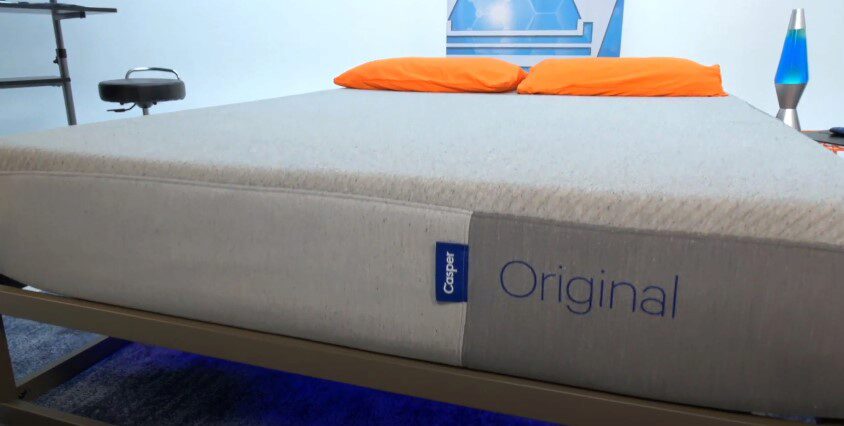
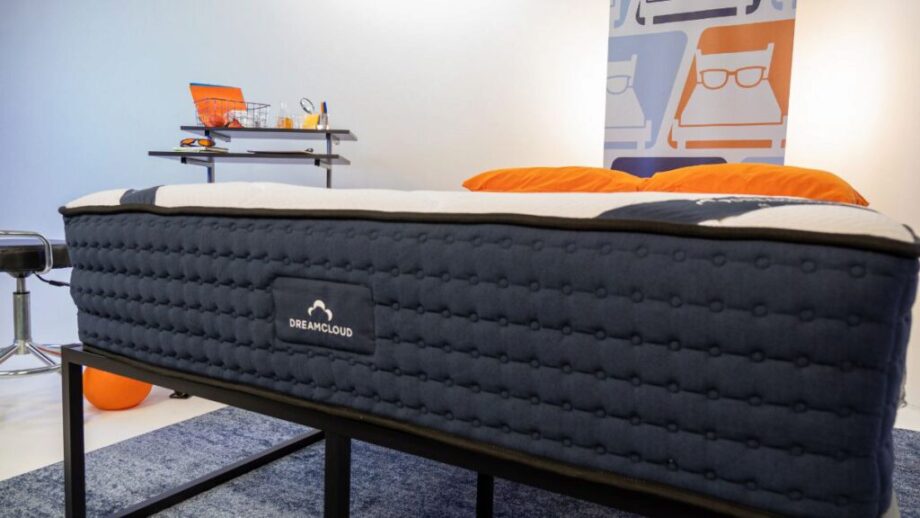
DreamCloud Performance By Body Type & Sleeping Position:
| Body Type: | BACK SLEEPERS | STOMACH SLEEPERS | SIDE SLEEPERS |
| Lightweight (< 130 lbs): | 5 | 5 | 2 |
| Average-weight (130–230 lbs): | 5 | 5 | 3.5 |
| Heavyweight (> 230 lbs): | 5 | 2 | 4 |
Casper Performance By Body Type & Sleeping Position:
| Body Type: | BACK SLEEPERS | STOMACH SLEEPERS | SIDE SLEEPERS |
| Lightweight (< 130 lbs): | 5 | 4 | 4 |
| Average-weight (130–230 lbs): | 5 | 3 | 5 |
| Heavyweight (> 230 lbs): | 3 | 2 | 2 |
Either of these two beds will work for average-weight back sleepers, who can choose between the beds based on the feel they prefer. Stomach sleepers, however, should steer clear of the Casper and opt for the firmer innerspring support of the DreamCloud bed. The DreamCloud offers adequate support and comfort to side sleepers, but the Casper’s deep pressure relief and ergonomic support makes it a better fit. If you’re a combination sleeper, check out our best mattresses for combination sleepers.
Heavyweight back and side sleepers will be supported by the DreamCloud mattress, but stomach sleepers may experience some sinkage.
Sleepers that weigh over 230 lbs of all sleeping positions likely won’t be supported enough to sleep comfortably on the Casper mattress. Heavyweight sleepers should opt for the DreamCloud or one of the best mattresses for heavy sleepers.
The DreamCloud performs extremely well for lightweight back and stomach sleepers that like to feel as if they are floating on top of their mattress, but this bed will likely feel to firm for side sleepers, who need a mattress with more cushioning around the hips and shoulders. The Casper performs well across the board, providing an ideal balance of support and comfort for lightweight sleepers of all sleeping positions.
The DreamCloud mattress is 14″ tall and is built with a combination of innerspring coils and gel-infused memory foam layers. The Casper mattress is 11″ tall and is made with a combination of perforated polyfoam and memory foam.
| DreamCloud Mattress Materials | Casper Mattress Materials |
| Cashmere blend cover | Recycled stretchy knit cover |
| Pressure relief comfort layer | Airscape perforated foam |
| Transition foam layer | Zoned memory foam |
| Targeted innerspring support layer | High-density foam base |
| Base foam layer |
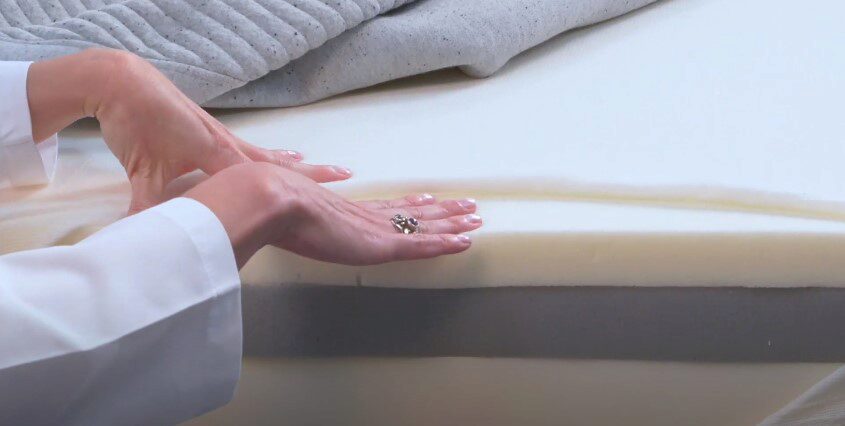
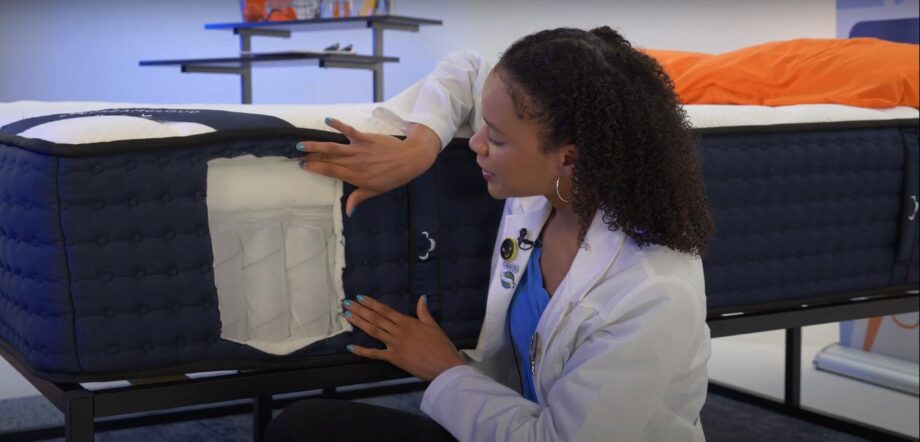
The DreamCloud comes wrapped in a luxe cover made from a plush blend of quilted foam and cashmere. The Casper comes with a stretchy breathable cover that is also eco-friendly—it is made from up to 57 recycled plastic bottles.
Underneath the cover, the DreamCloud has a gel-infused memory foam layer that keeps you cool and cushioned, and a transition layer to keep your body from sinking too far into the bed and brushing up against the firm innerspring coil core.
The Casper bed has a top layer of perforated polyfoam that provides deep cushioning while still allowing air to flow to the mattress so you don’t feel too sweaty, stacked on top of a zoned polyfoam layer that supports your back while also contouring to the natural curvature of your spine.
At the base of the DreamCloud mattress, you’ll find a layer of individually-wrapped innerspring coils on top of a foam base layer. The coil layer adds breathability and responsiveness to the bed in addition to providing a supportive core.
The Casper has a 7.5″ base layer made of dense memory foam to add durability and stability to the bed. While foam bases typically aren’t as durable as innerspring coils, they do offer superior motion isolation.
Be sure to check for seasonal sales and coupons before you buy your new mattress.
| Size | DreamCloud Prices | Casper Prices |
| Twin | $1014.00 | $895.00 |
| Twin XL | $1098.00 | $995.00 |
| Full | $1364.00 | $1195.00 |
| Queen | $1531.00 | $1295.00 |
| King | $1898.00 | $1695.00 |
| California King | $1898.00 | $1695.00 |
| Split King | N/A | $ |
Innerspring hybrid beds are some of the best cooling mattresses because air can flow through the coil layer and dissipate heat. The DreamCloud’s hybrid construction gives it an edge over the Casper when it comes to temperature regulation, but the Casper still slept cooler than most all-foam mattresses thanks to its aerated comfort layer.
The DreamCloud isolates motion well, but the bed’s innerspring coil core can still pick up some of the vibrations that are created when you move around on the bed. The Casper’s all-foam construction helps it absorb your or your partner’s movements all the way down to the core of the mattress, making it a good mattress for couples and people who have a partner who tends to toss and turn.
When you sit or sleep near the edge of the bed, you may notice that the Casper bed sinks a little, which can make you feel as if you’re going to slip off the side. The DreamCloud bed, however, stays firm and sturdy across the whole surface of the bed—which is helpful if you like to sit on the side of your mattress or are a senior citizen who needs a little extra help getting in and out of bed. Edge support also adds durability to your mattress, so you it may help you get a few more months or years of use out of your bed.
The DreamCloud offers moderate pressure relief to most back and stomach sleepers, but the Casper’s is the clear winner in this category. The Casper’s polyfoam comfort layer allows your joints to sink deeply into the bed to take stress off of joints and tender areas, but is also responsive enough so that most sleepers can move comfortably without feeling stuck in your mattress. If you sleep on your side, suffer from arthritis, or just prefer a plush, fluffy sleeping surface, the Casper will likely be your best bet.
For a bed to prevent pain, especially back pain, it should support your spinal alignment while also relieving pressure from your joints. The DreamCloud’s firm innerspring support layer will provide ample back support for sleepers of all body types—except heavyweight stomach sleepers, who may experience some sinkage. While this bed provides stability to encourage a healthy posture, it may not have enough pressure to keep stress off of the hips and shoulders of lightweight side sleepers.
The Casper has a balance of plush comfort and medium-firm support that suits most lightweight and average-weight sleepers in a pain-free night’s sleep—but stomach sleepers and heavyweight sleepers should steer clear of this bed in lieu of firmer, more supportive option.
Both of these beds are made of high quality materials and are designed to hold up over time—but hybrid beds are generally more durable than those made of a single mattress material. The DreamCloud’s sturdy innerspring coil core may make it last a few months or years longer than the all-foam Casper mattress.
DreamCloud mattresses ship free with Fedex Ground within the contiguous United States—but they’ll deliver to Alaska and Hawaii for an added cost. Delivery usually takes 2-5 business days once the mattress has shipped. DreamCloud mattresses come with a 365-day sleep trial period and a lifetime warranty.
Casper ships free via UPS to all 48 contiguous United States and most of Canada, but you can have a Casper mattress delivered to Alaska, Hawaii or Northern Canada for an additional fee. You also can add on white glove delivery service for a fee of $199. You have a 100-night sleep trial period, and returns are free. Your Casper mattress is covered by a 10-year limited warranty.
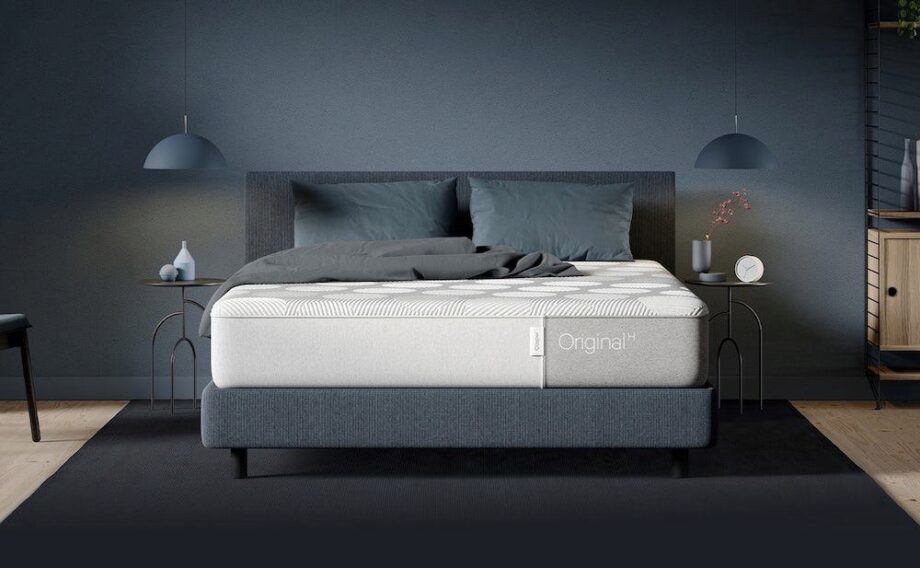
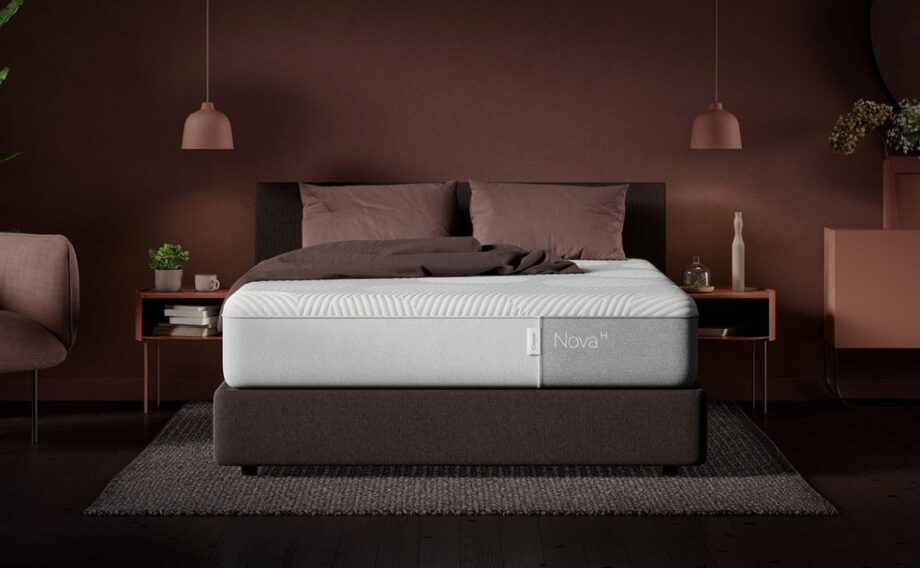
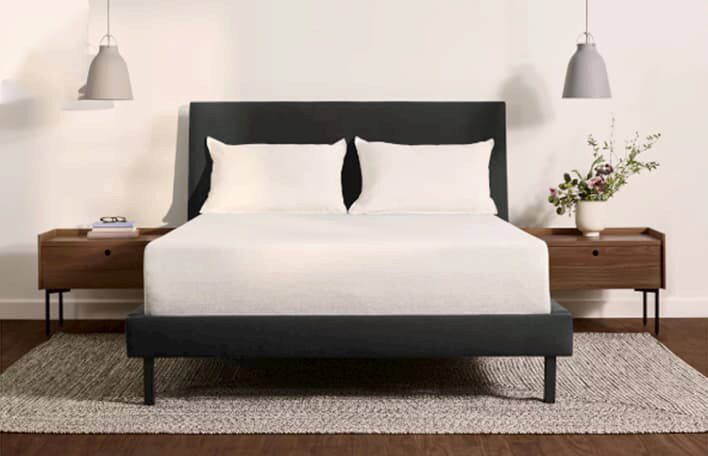
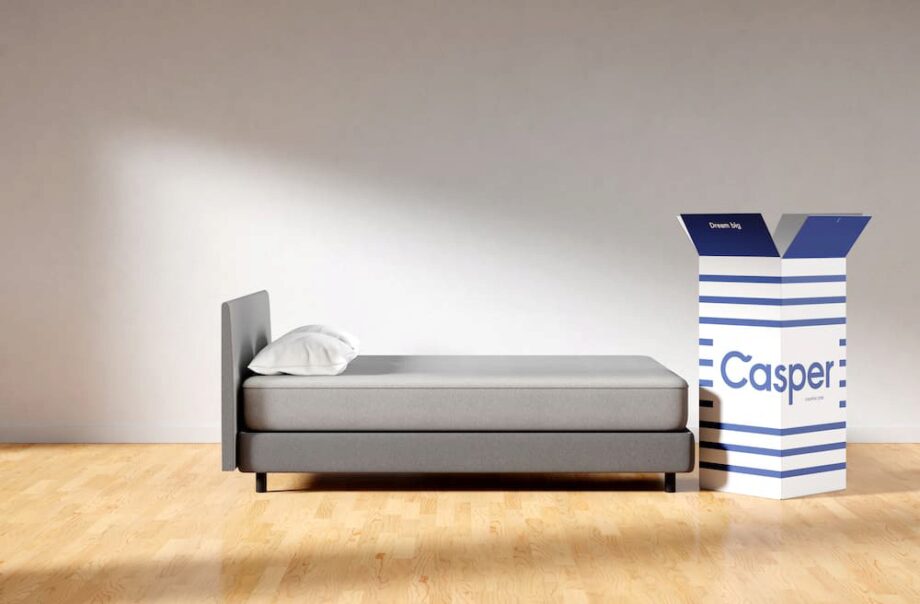
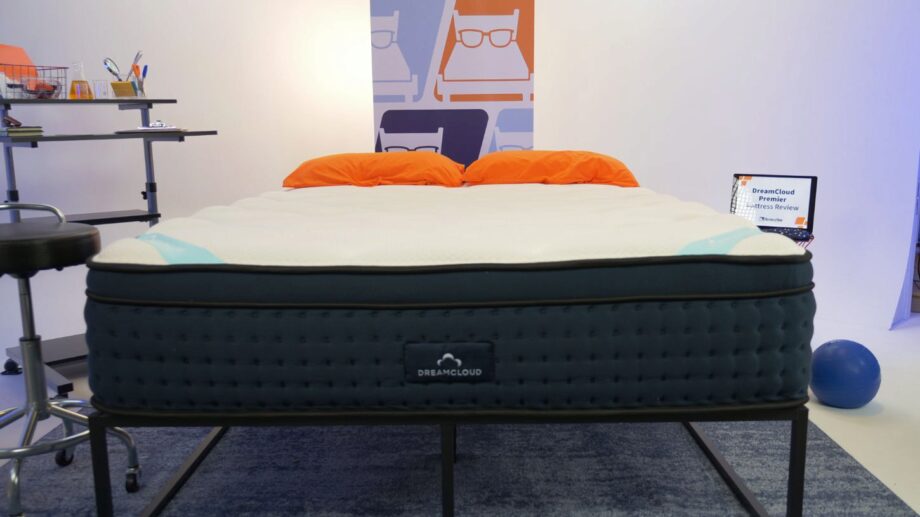
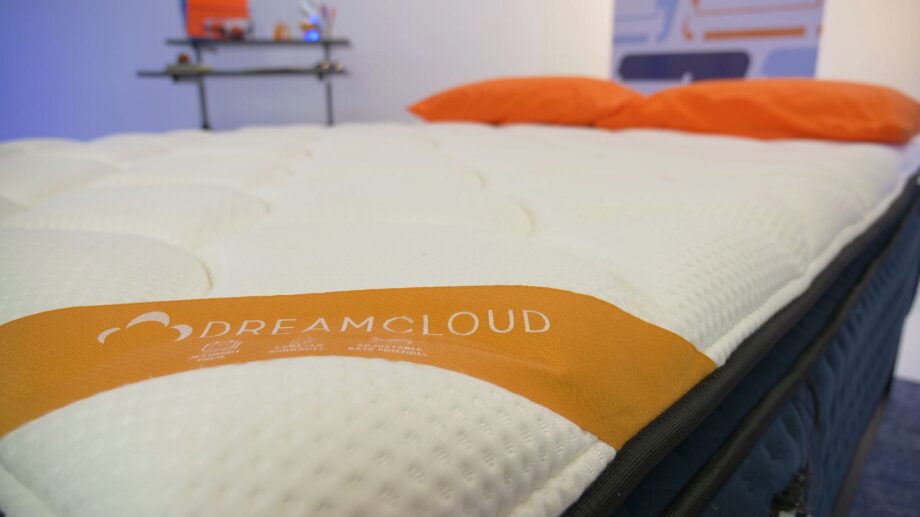
If you have the extra money to spend on a luxury hybrid mattress, the DreamCloud might be a good pick for you. This bed has a balanced feel, sleeps cool, and supports all body types—with the exception of lightweight side sleepers, who may need a bed with a softer top surface. You’ll also want to choose this bed over the Casper if you want a bed that offers some pressure relief, but has more of a traditional innerspring feel.
The Casper offers a plush pressure relief and medium-firm support that suits lightweight and average-weight sleepers. The Casper is a great pick if you want the fluffy feel of an all-foam bed but also want to be able to move around on the bed easily. The Casper’s superior motion isolation also makes it a great pick for those who sleep with a partner or pets.
Both the DreamCloud and Casper are bed-in-a-box mattresses, which means that these beds are compressed into an easy-to-maneuver box and shipped to you to allow an easy, no-contact delivery. To set up your mattress, you simply carry the box to your bedroom, take out the compressed mattress and unroll it on your foundation, then remove the plastic wrapping and wait for your bed to inflate into its full shape. Want to check out some other mattress options? Check out
DreamCloud and Casper both allow free returns during the designated sleep trial period. Make sure you sleep on your new bed for at least 30 days before you make a decision—it can take about a month for your mattress to break in and for your body to adjust to your new sleeping surface. If you still don’t love your new DreamCloud or Casper bed, contact the mattress company before your trial period is up for a full refund.
You’ll be able to sleep on your DreamCloud or Casper mattresses for about 8-10 years before your mattress starts breaking down. The Casper is backed up by a 10-year warranty, and a DreamCloud mattress comes with a lifetime warranty, so if you notice manufacturer defects in your bed, you’ll be able to get your mattress repaired or replaced. Casper also recommends that you rotate your mattress occasionally to increase the durability of your new bed.